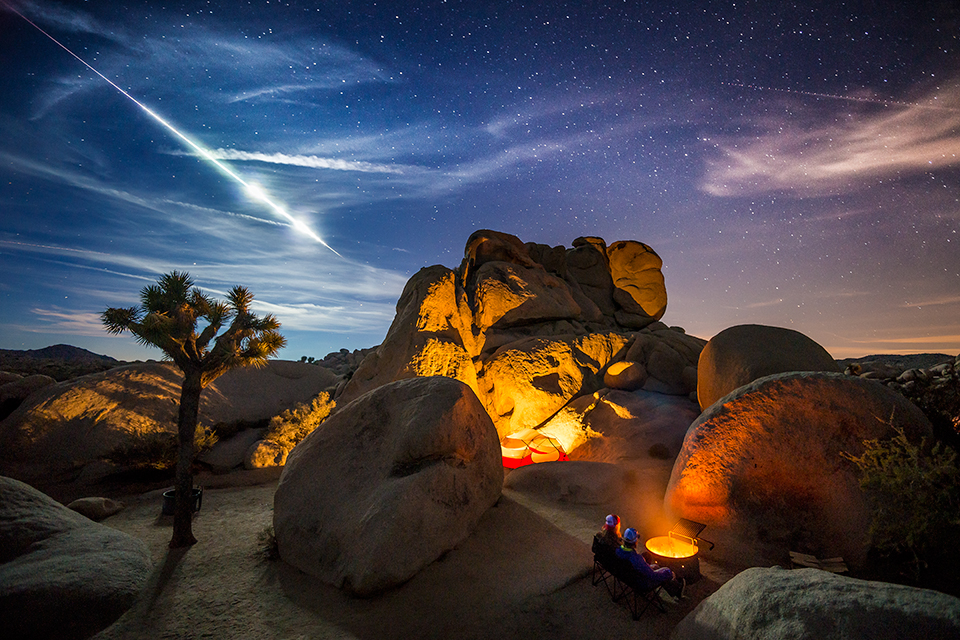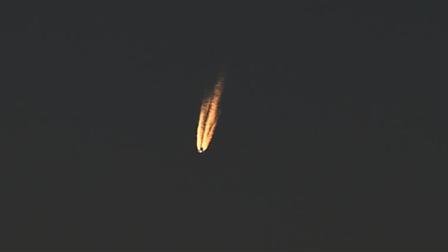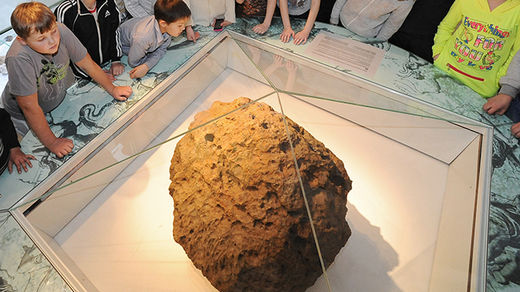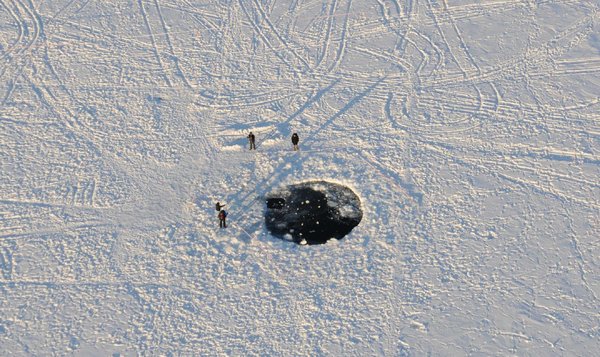I've been shooting photos for 20 years. I've made my living in the profession for the last 15. I can count on one hand the number of times that everything lined up perfectly and a truly rare image was created. Now, I don't want to toot my own horn about this shot, but the fact that, during a 30 second exposure, after a 10 second timer (during which I hopped down from the roof of my truck where the camera was on a tripod, and joined the scene by the fire), a
meteor (or so they tell us) would enter the sky EXACTLY in the corner of the frame and explode in the very part of the frame that needed balance, just as I had finally worked out the correct exposure and lighting to match the foreground with the night sky, is beyond rare. It's a non-chance. There is no way to plan for something like this. No way to even hope for it.

© Scott Rinckenberger
But lest you get the impression that I'm subscribing to a lifestyle of reliance on freakish luck, there is a deeper game at play here. Namely this: If you shoot enough arrows, eventually you'll pull a Robin Hood and split the arrow that was already a bulls-eye. When I took this shot, it was the final day of my project shooting fall landscapes in the American West. Five weeks previous, I had left Seattle in my truck with no mission beyond creating and sharing beautiful photography as I chased good weather almost all the way to the Mexican border. Every morning, I was up shooting the sunrise.




Comment: Recently, The New York Times published an article about our scientists underestimating the meteorite threat. We say that it's an understatement of the century, but that's beside the point. Just read the Comets and Catastrophe series to learn more. What is interesting, is that on the same date beside the mentioned article, the above article about the satellite threat was also displayed on the main page of the newspaper. And while it may give the untrained eye an impression that everything is under control, and that even if there are problems, at least the authorities take responsibility and devise possible ways to deal with potential cosmic threats, in reality it couldn't be further from the truth. In fact, we may be dealing with more lies and obfuscation.
It is certainly possible that in this particular case there is indeed a falling satellite, but the chances are that there is a possible cosmic threat they can't really cover up (remember the "uncontrolled entries"?), so they try to at least contain and manage the potential backlash from the public. Perception management, ladies and gentlemen, that's what they are after. So, get comfortable and prepare for the show.
Also read the following articles:
Disguising celestial intentions: 'Chinese space debris collides with Russian satellite'
'Experts' say fireball with 'glowing train of fire' seen from Canada to Georgia on Sunday was 'probably a falling satellite'
Propaganda Alert! Defunct Russian satellite to ram into Earth again
These Pesky Cometary...err...Satellite Fragments: Space Station's Orbit Raised to Avoid Collision with Space Junk